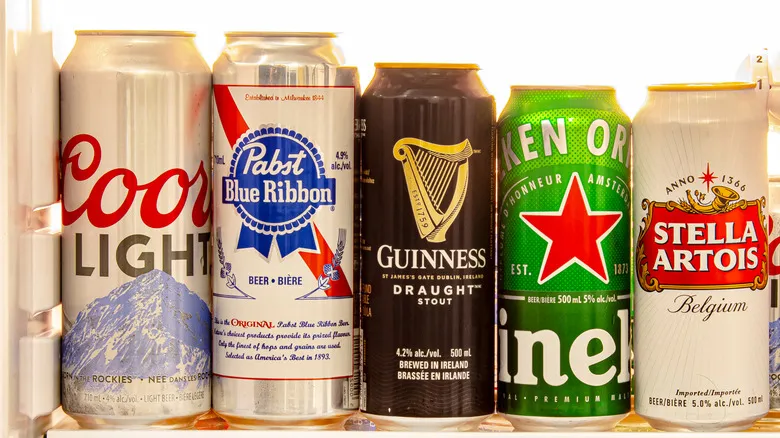The rise of bigger beer cans
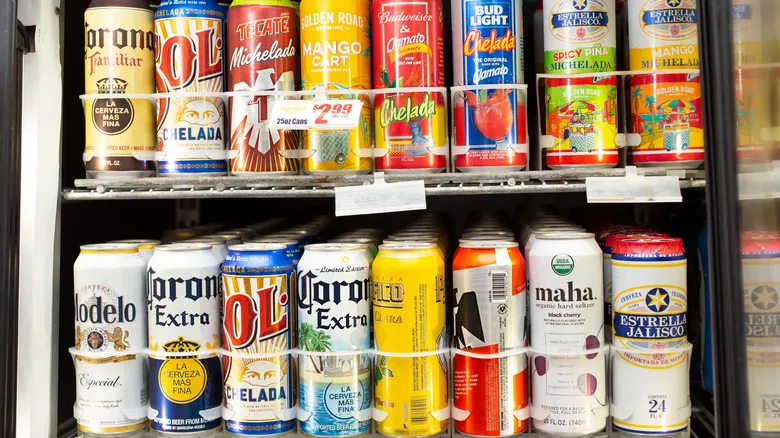
Many of these larger cans are relatively new innovations. They emerged alongside the surge in craft breweries across the U.S. and beyond, which began in the 1960s and 1970s but truly gained momentum in the early 2000s as microbreweries became more prevalent. The crowler, in particular, was created around 2013 by Oskar Blues, which sought a distinctive way to market its popular Dale's Pale Ale. Crowlers are still a recent development, requiring breweries that sell them to invest in Oskar Blues' specialized equipment to seal the cans on-site. However, they are much more durable and portable than fragile glass growlers.
Regarding the smallest beer cans, the standard 12-ounce can commonly found for domestic beers and sodas isn't the smallest option available. Some breweries offer smaller servings of particularly strong beers (whether in flavor or alcohol content) in eight-ounce cans, often referred to as "nip cans" or "stubbies." While stubbies haven't yet become widely recognized, for the types of easily drinkable beers typically served in chilled glasses at bars, you're more likely to encounter the standard 12-ounce, tallboy, or even silo cans. However, keep an eye out; the next big can trend may be just around the corner.
Recommended
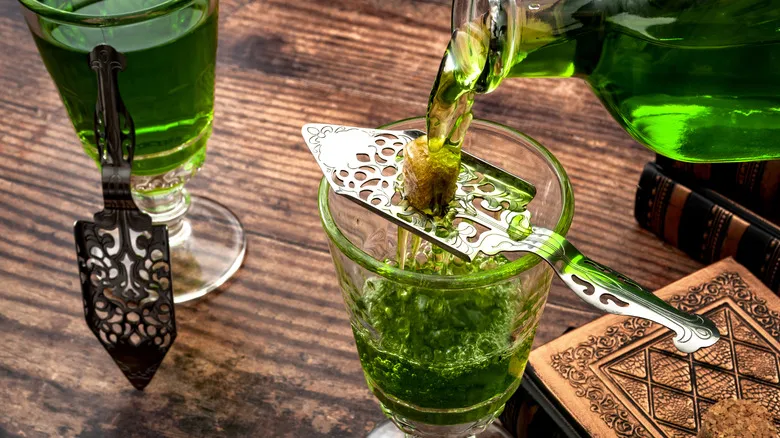
Swap Vodka With Absinthe For An Invigorating Twist On The Martini
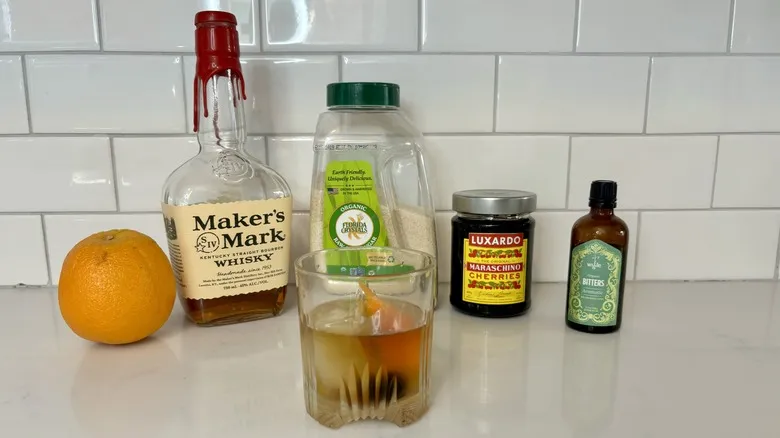
How To Make The Best Old-Fashioned You've Ever Had

Paczki Donuts Are Like If Krispy Kreme Used Vodka
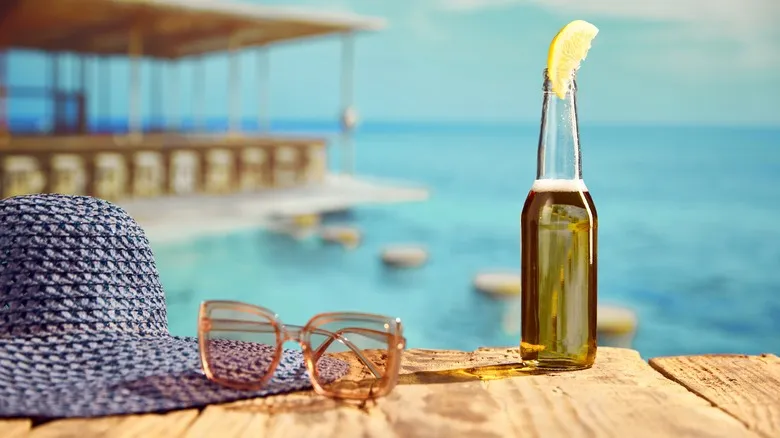
What It Means If Your Beer Is 'Lightstruck'
Next up

